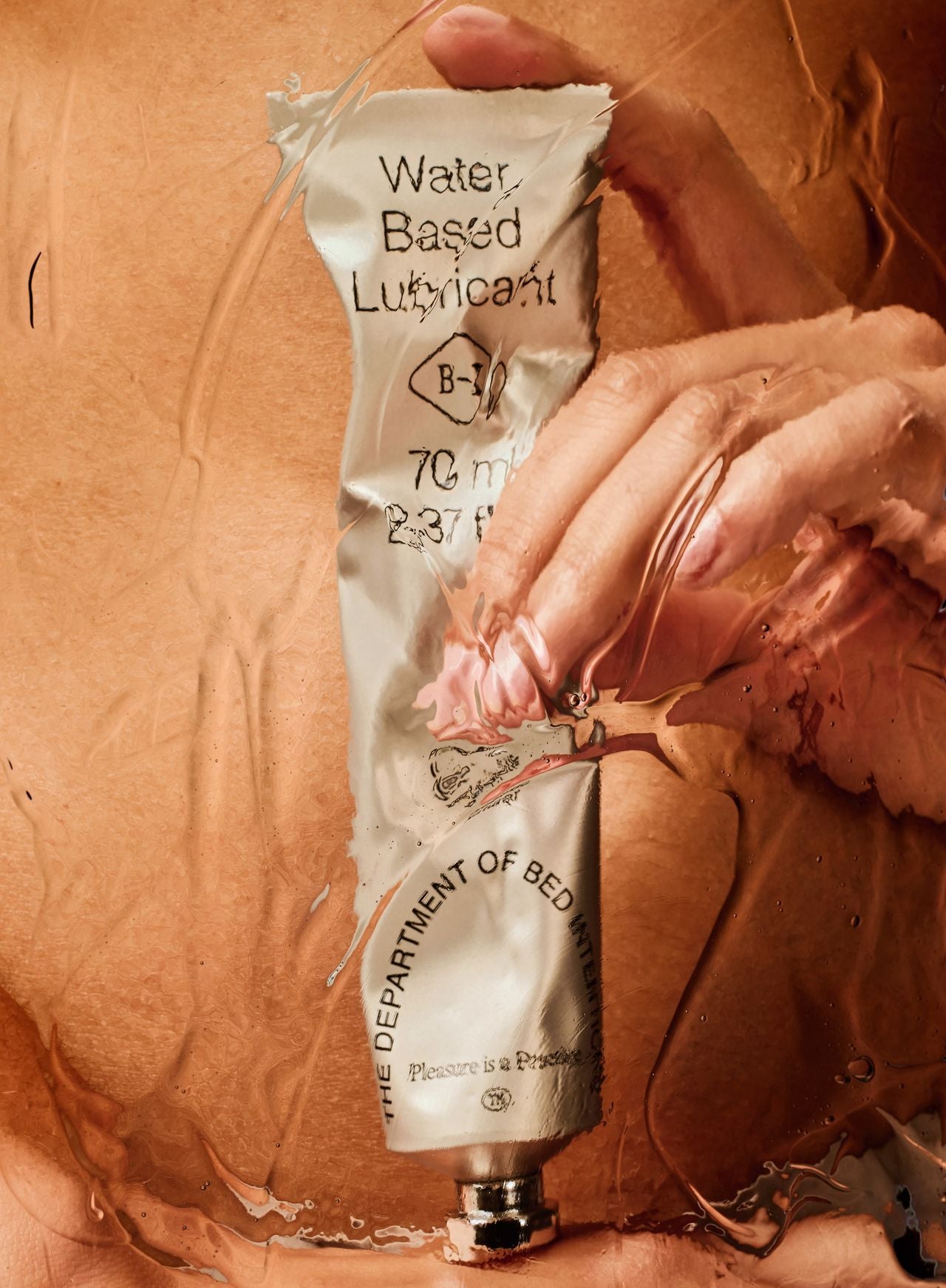The study of human sexuality, particularly sexual dysfunction, remains a sensitive and often stigmatised topic. This is especially true for women, for whom discussing sexual issues can be fraught with embarrassment and fear of judgement. The term “dysfunction” itself carries a heavy connotation, suggesting a failure to function properly, which only adds to the reluctance to speak openly about these concerns. In a world where misinformation is rampant—fueled by dubious online sources and social media—the challenge of discerning what is “normal” becomes even more daunting.
Unfortunately, even healthcare professionals can fall short in addressing these issues with the care and understanding they deserve.
I recall my own experience at 21, grappling with the sudden onset of dyspareunia, vaginismus, and unexplained bleeding.
Without knowing the proper terminology, I struggled to even search for answers. My general practitioner, after a series of inconclusive tests, finally agreed to refer me to a gynaecologist—but only at my insistence. Her skepticism about the potential for real help was palpable.
The visit to the gynaecologist was equally disheartening. After a brief examination and some standard questions, I was handed generic advice and a hefty $100 consultation fee—a significant sum for a university student. The entire process felt dismissive, as though my concerns were secondary because they didn’t pertain to fertility or pregnancy. While the gynaecologist suggested that my issues were likely psychological, there was no follow-up care or plan of action. It was a lonely and frustrating experience, and though she may have been correct in her assessment, I ultimately resolved my dyspareunia by sheer accident—through the painful acceptance of an abusive previous relationship.
|
Despite not being particularly shy about discussing sexual issues, I found it difficult to make my voice heard. This experience left me feeling that my sexual well-being was unimportant, a sentiment perhaps rooted in the notion that, historically, women’s health concerns have often been sidelined unless they relate directly to reproduction. But, this is 2024, our lives are no longer solely defined by our reproductive potential (As it hasn’t been for the last 2000 years probably). Reproduction is just one aspect of a woman’s life, and sexual health extends far beyond it. As women age, additional challenges can arise—vaginal tissues may atrophy, and menopausal symptoms can further diminish sexual desire. Such dysfunctions are not merely inconveniences; they can severely impact quality of life, comparable to chronic conditions like arthritis or irritable bowel syndrome.[1] |

|
What is particularly troubling is the disparity in how sexual dysfunction is addressed between men and women. More women experience sexual dysfunction than men ([2],[3]), yet the media is saturated with advertisements for erectile dysfunction treatments, while options for women receive far less attention. |
This disparity perpetuates the misguided belief that female sexual dysfunction is neither “real” nor “curable,” but rather something to be endured—like ageing or the monotony of a long-term relationship. ([4])). The truth is that treatments for female sexual dysfunction do exist; they just don’t receive the same visibility as their male counterparts. Even within the medical community, there is discomfort in discussing and managing these issues. Only recently have Australian universities considered incorporating a section on sexual dysfunction into their medical curricula. ([5])
Cultural and religious beliefs |
Cultural and religious beliefs add another layer of complexity, particularly in societies where discussing sex is still taboo. In many Asian cultures, male sexual dysfunction is diagnosed far less frequently than in Europe ([6]), so one can only imagine the challenges faced by women. There is a pervasive notion that women are not entitled to enjoy sex outside of its reproductive function, a belief that is not easily dismantled. |
These cultural and personal barriers also hinder scientific research into sexual wellness. Recruiting a diverse sample pool for studies can be challenging, and conflicting information abounds in the literature, and even the scientists cannot agree if the G-Spot is a real thing or not, and where in the body it is (and don’t give excuses by saying that the anatomy of the G-spot is advance level, because we don’t know much about the clitoris either!) ([7]) It is truly a stark contrast to the extensive study of male sexual pleasure and anatomy.
While the past few decades have seen undeniable progress in sexual wellness, particularly since the AIDS epidemic, much work remains to be done. Both culturally and psychologically, we must push forward before we can fully understand and address female sexual anatomy, response, dysfunction, and pleasure. If we can start talking about sex with more courage and grace, we could start changing the vernacular towards the female sex and everything related to it. And perhaps soon, we might even be able to fully understand the clitoris and the G- spot.
[1] DiBonaventura M, Luo X, Moffatt M, Bushmakin AG, Kumar M, Bobula J. The association between vulvovaginal atrophy symptoms and quality of life among postmenopausal women in the United States and Western Europe. J Womens Health (Larchmt) 2015;24:713–722
[2] Briken P, Matthiesen S, Pietras L, Wiessner C, Klein V, Reed GM, Dekker A. Estimating the Prevalence of Sexual Dysfunction Using the New ICD-11 Guidelines. Dtsch Arztebl Int. 2020 Sep 25;117(39):653-658. doi: 10.3238/arztebl.2020.0653. PMID: 33357346; PMCID: PMC7829447,
[3] McCabe, Marita & Sharlip, Ira & Lewis, Ron & Atalla, Elham & Balon, Richard & Fisher, Alessandra & Laumann, Edward & Lee, Sun & Segraves, Robert. (2016). Incidence and Prevalence of Sexual Dysfunction in Women and Men: A Consensus Statement from the Fourth International Consultation on Sexual Medicine 2015. The Journal of Sexual Medicine. 13. 144-152. 10.1016/j.jsxm.2015.12.034.
[4] Rosen RC, Maserejian NN, Connor MK, Krychman ML, Brown CS, Goldstein I. Characteristics of premenopausal and postmenopausal women with acquired, generalized hypoactive sexual desire disorder: The Hypoactive Sexual Desire Disorder Registry for women. Menopause 2012;19:396–405
[5] Ramanathan Vijayasarathi, Sawaqed Maya (2024) Sexual dysfunction: a study on learning experience of Australian medical students. Sexual Health 21, SH23172.
[6] Irfan M, Hussain NHN, Noor NMohd, Mohamed M, Sidi H, Ismail SB. Epidemiology of Male Sexual Dysfunction in Asian and European Regions: A Systematic Review. American Journal of Men’s Health. 2020;14(4). doi:10.1177/1557988320937200
[7] Vieira-Baptista P, Lima-Silva J, Preti M, Xavier J, Vendeira P, Stockdale CK. G-spot: Fact or Fiction?: A Systematic Review. Sex Med. 2021 Oct;9(5):100435. doi: 10.1016/j.esxm.2021.100435. Epub 2021 Sep 9. PMID: 34509752; PMCID: PMC8498956






